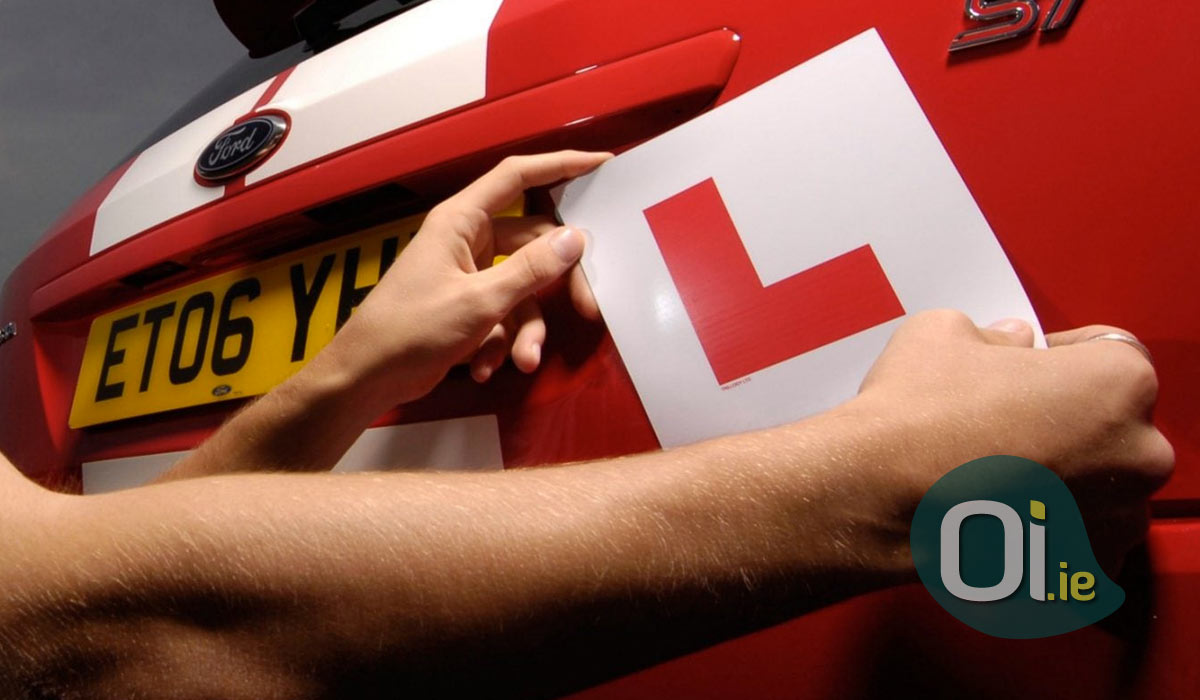Even if you don’t drive, you may have noticed that some cars in Ireland have a sign with the letters L, N or R on the back. But what do they mean?
These signs, in fact, serve to signal that there is an inexperienced driver behind the wheel and that, therefore, attention and care are needed by other drivers. The letter L refers to Learner (apprentice), N refers to Novice (novice), and R refers to Restricted (restricted) – the latter exclusive to Northern Ireland.
L – Learner
In Ireland, the minimum age to qualify is 17 years old. You must pass the theoretical test to receive the provisional license ( Learner Permit ). From there, it is already possible to drive, subject to certain rules:
- you must always be accompanied by an experienced driver;
- the sign with the letter L must be visible in front and behind the car;
- it is not allowed to drive on motorways;
- it is not allowed to work as an application driver.
The provisional portfolio is valid for two years. During this period, the driver can practice driving before taking the practical test to obtain the definitive driver’s license. It is only possible to schedule the practical exam after six months of provisional license and at least 12 class hours with instructors certified by RSA .
>
N – Novice
After passing the practical test, the driver can now drive on motorways, and no longer needs to be accompanied. However, it is necessary to display the license plate with the letter N on the front and back of the car during the first two years, even having the definitive license. Failure to comply with this rule can result in a fine of 80 euros.
Sometimes, it is possible to see cars with both L and N signs. This is because many cars are used by more than one person. This is not the correct way to use the plates, however many families end up leaving both when they have children of different ages who are in different categories of education, for example.
It looks pretty stiff, doesn’t it? But it wasn’t always like that.
In the past, obtaining a driving license in Ireland was much simpler. It was enough to pay a fee and do a simple test. If you passed, you would receive the definitive wallet. If you failed, you would receive a provisional wallet. And if he failed again, he was given a new provisional portfolio. That is, you took your wallet anyway. That changed when Ireland started to take practical classes with certified instructors in 2011.





